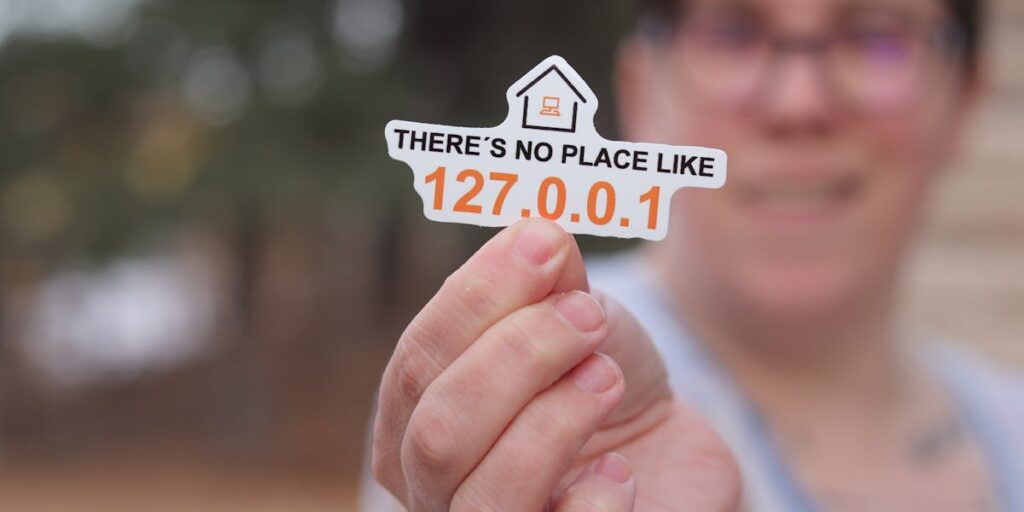What is the Internet?
The Internet is a global network of interconnected computers that enables communication and the sharing of information. It connects millions of private, public, academic, business, and government networks using a standardized communication protocol suite known as TCP/IP. The Internet supports various services like the World Wide Web (WWW), email, file sharing, and social media platforms.
—
Major Protocols Used on the Internet
Protocols are rules that govern how data is transmitted across the Internet. Major protocols include:
1. HTTP/HTTPS (Hypertext Transfer Protocol/Secure):
– Used to transfer web pages and multimedia files on the World Wide Web.
– HTTPS encrypts data for secure communication.
2. FTP (File Transfer Protocol):
– Facilitates the transfer of files between computers.
3. SMTP (Simple Mail Transfer Protocol):
– Enables the sending of emails.
4. IMAP/POP3 (Internet Message Access Protocol/Post Office Protocol):
– Used to retrieve emails from mail servers.
5. DNS (Domain Name System):
– Translates human-readable domain names (e.g., www.example.com) into IP addresses.
6. TCP/IP (Transmission Control Protocol/Internet Protocol):
– Provides end-to-end communication specifying how data is packaged, addressed, transmitted, routed, and received.
7. SSL/TLS (Secure Sockets Layer/Transport Layer Security):
– Ensures secure, encrypted communication over the Internet.
—
What is an IP Address?
An IP address (Internet Protocol address) is a unique numerical label assigned to every device connected to a network that uses the Internet Protocol for communication. It identifies the device and its location within the network.
Types of IP Addresses:
1. IPv4: Consists of four sets of numbers separated by periods (e.g., 192.168.1.1).
2. IPv6: A more advanced version, consisting of eight groups of hexadecimal numbers separated by colons (e.g., 2001:0db8:85a3:0000:0000:8a2e:0370:7334).
—
How Can an IP Address Be Related to a Web Address?
A web address (or URL, Uniform Resource Locator) is the human-readable form of an IP address. The Domain Name System (DNS) is the service that translates domain names into their corresponding IP addresses.
Example:
1. Web Address: www.example.com
– This is the user-friendly name that people type in browsers to access a website.
2. IP Address: 93.184.216.34
– This is the numerical address that identifies the server hosting www.example.com.
How It Works:
1. When you type `www.example.com` in your browser:
– The browser queries a DNS server to find the corresponding IP address for the domain.
2. The DNS server responds with `93.184.216.34`.
3. The browser uses this IP address to establish a connection with the server and retrieve the web page.
—
Conclusion
The Internet is a vast network relying on protocols to ensure seamless communication between devices. An IP address uniquely identifies devices on this network, while a web address provides a user-friendly way to access resources. DNS acts as a bridge between web addresses and IP addresses, making the Internet easy to navigate for users.





